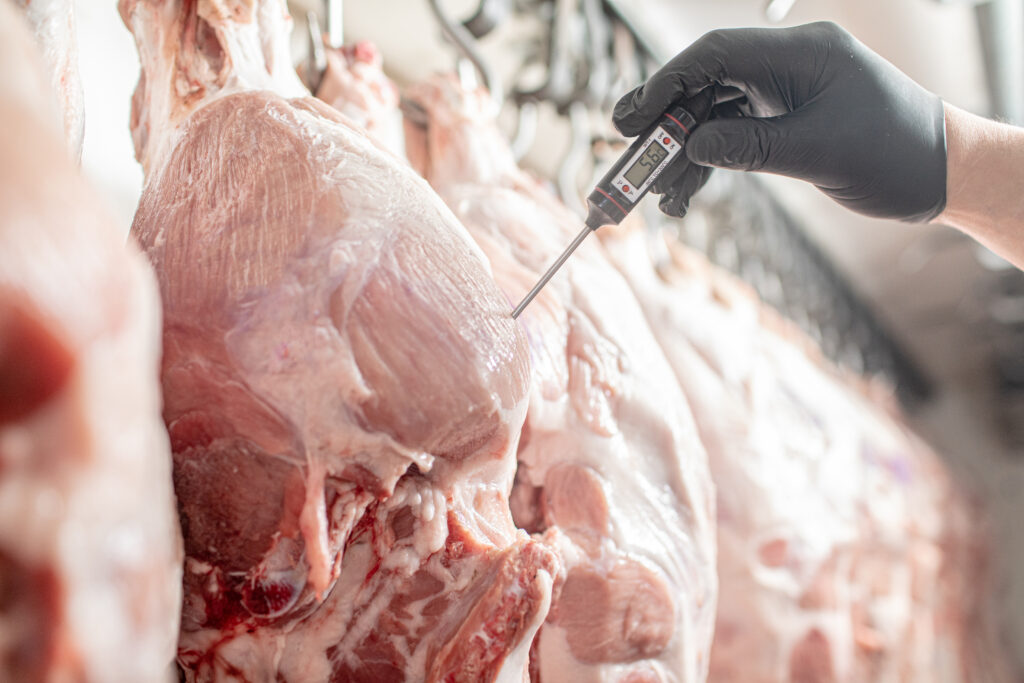
This project aims to develop nanomaterials with the capacity to bind to specific molecules. We aim to apply these materials toward an inexpensive, easily deployable sensor to rapidly detect and quantify pentobarbital contamination in rendering raw materials, an effort that aligns well with the analytical aspects of our collaboration. The proposed strategy will focus on the development of an enzyme-free electrochemical sensor, that can be used for the in-field analysis of pentobarbital contamination in animal carcasses and in truck washout. The electrochemical platform will rely on affordable paper-derived electrodes coupled with a simple microfluidic device for sample cleaning prior to the analysis. The successful implementation of this strategy will enable rendering companies to triage contaminated samples either at the point of collection, or prior to entering the plant stream. Early on-site detection may also serve to uncover the source of contaminated carcasses to facilitate education and prevention.
Funding for this project was provided by the Clemson University Animal Co-Products Research & Education Center (ACREC) (Whitehead, Garcia)





